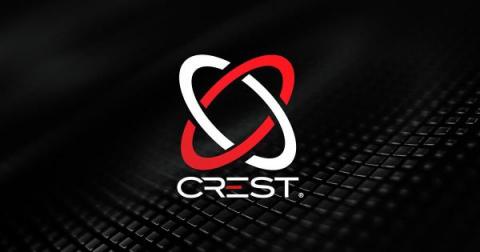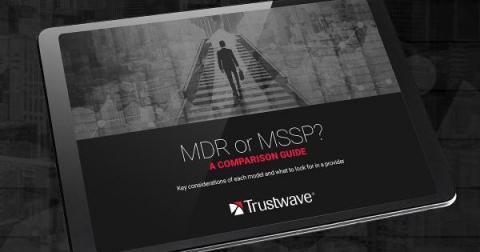Security | Threat Detection | Cyberattacks | DevSecOps | Compliance
Latest Posts
Law Enforcement Collaboration Has Eastern-European Cybercriminals Questioning Whether There Is A Safe Haven Anymore
Through the active Dark Web research that Trustwave SpiderLabs conducts for its clients, we have observed new communications on various Dark Web forums between Eastern-European cybercriminals. Based on the conversations that we’ve collected, a segment of cybercriminals is now worried that the Russian authorities may be actively hunting them down.
Trustwave Gains CREST Vulnerability Assessment Accreditation
Trustwave has been accredited by the internationally-recognized professional certification board CREST for its world-class vulnerability assessment services. Trustwave is now uniquely accredited with multiple CREST accreditations across Vulnerability Assessment (VA), Intelligence-Led Penetration Testing (STAR), Penetration Testing (PEN TEST) and STAR-FS Intelligence-Led Penetration Testing.
MDR and MSS Are No Longer 'Nice to Have' For Cyber Resilience, They're Mandatory
In today’s evolving threat landscape, the decision of whether to bring in external talent expertise is no longer optional. During the 2021 Gartner Security and Risk Management Summit, we heard other facts and figures that aligned with the needs of our customers and of the market. At the summit, Gartner analysts noted that organizations must have partnerships with MSS/MDR providers and security consulting firms if security is to enable corporate business objectives.
Cybersecurity in the Year Ahead: Trustwave 2022 Cybersecurity Predictions - Part 2
This is part 2 of Trustwave’s 2022 Cybersecurity Predictions blog series. In 2021, the cybersecurity industry was truly tested. Most notably, we uncovered the deeper fallout from the SolarWinds attacks, combatted the proliferation of advanced ransomware gangs and a surge in vulnerability exploitation, and saw fragile supply chain and critical infrastructure more targeted by attackers than ever.
Zero Trust: Public and Private Sectors Facing Similar Risks
Kevin Kerr, Lead Security Principal Consultant at Trustwave, participated in a discussion on Zero Trust with Steve Riley, Field CTO at Netskope during SASE Week 2021. The importance of Zero Trust is derived from how it functions. Instead of focusing on protecting a physical network, a Zero Trust network works by focusing on securing the resources that reside on or have access to the network such as data, identities, and services.
The Network Effect and the Search for Resilient Email Security
'Email is dead. It's a thing of the past.' In the IT industry, this statement, or something like it, is said regularly — usually corresponding with the rise of a new communication or collaboration platform. Each time this happens, it's prudent to remember a general rule around tools: as long as they retain specific advantages for the human beings using them, they generally endure.
The Great Cybersecurity Talent Migration has Begun, Here's What you Can Do
The macro-economic consequences of COVID-19 have reached cybersecurity and the talented people who keep us secure. In some sense, invisibility is a hallmark of good cybersecurity, back-end operations running smoothly and keeping the assets, operations and reputation of an organization from harm. But this invisibility is built on proper resourcing, and in the last 18 months, we’ve seen a progressive erosion of the human resources behind successful organizational cybersecurity.
MDR Provider, MSSP or Both? Focus on the Capabilities You Need
Over the last several years, Managed Security Service Providers (MSSP) have evolved, and some have started offering Managed Detection and Response (MDR) services as part of their overall security solution. However, an MSSP lacking MDR capability simply cannot provide the same level of security, particularly in today’s quickly changing environment that has seen remote and hybrid work become the norm.
Cybersecurity in the Year Ahead: The Trustwave 2022 Cybersecurity Predictions
In 2021, the cybersecurity industry was truly tested. Most notably, we uncovered the deeper fallout from the SolarWinds attacks, combatted the proliferation of advanced ransomware gangs and a surge in vulnerability exploitation, and saw fragile supply chain and critical infrastructure more targeted by attackers than ever. As global cyber defenders, predicting where the broad industry could be heading is a daunting task.





